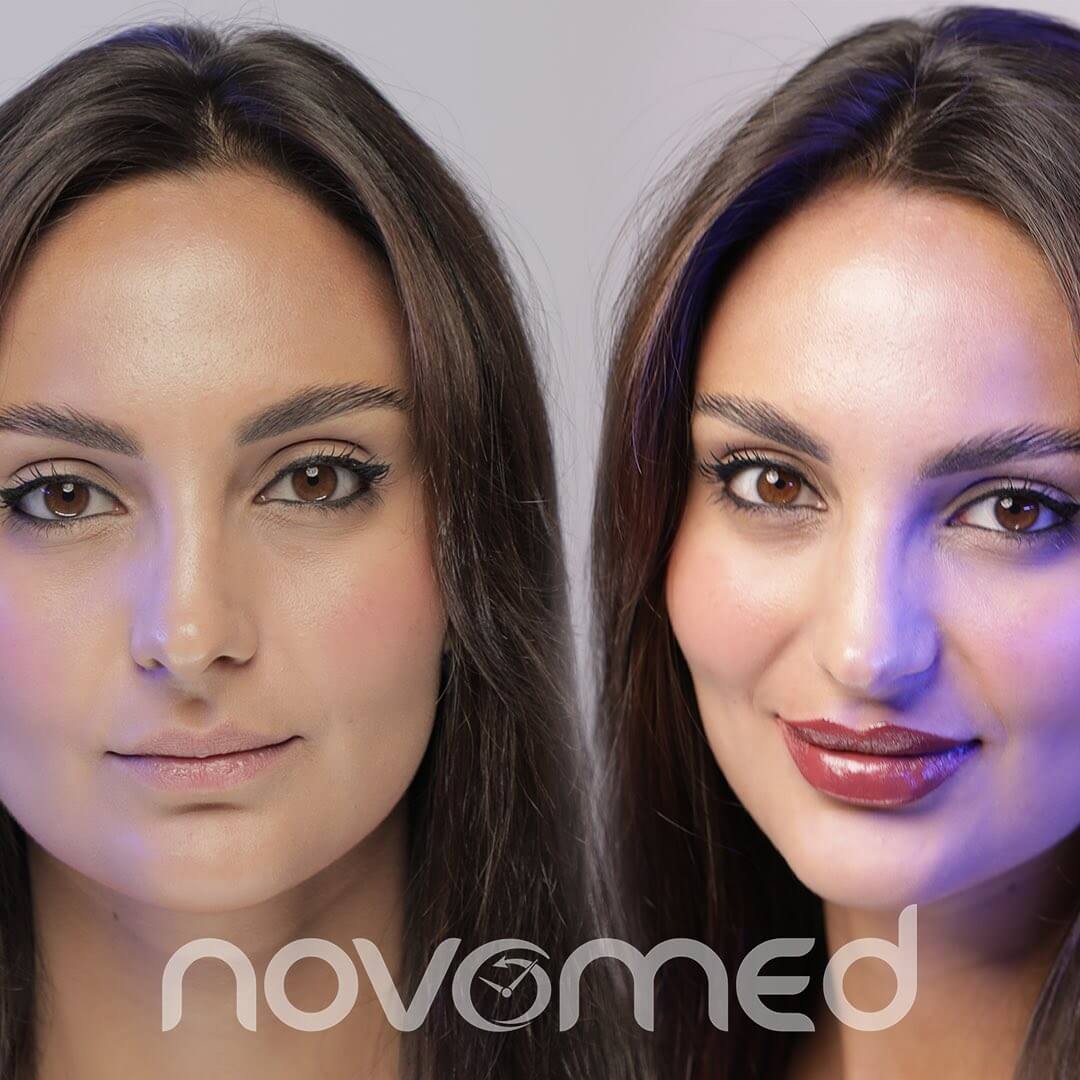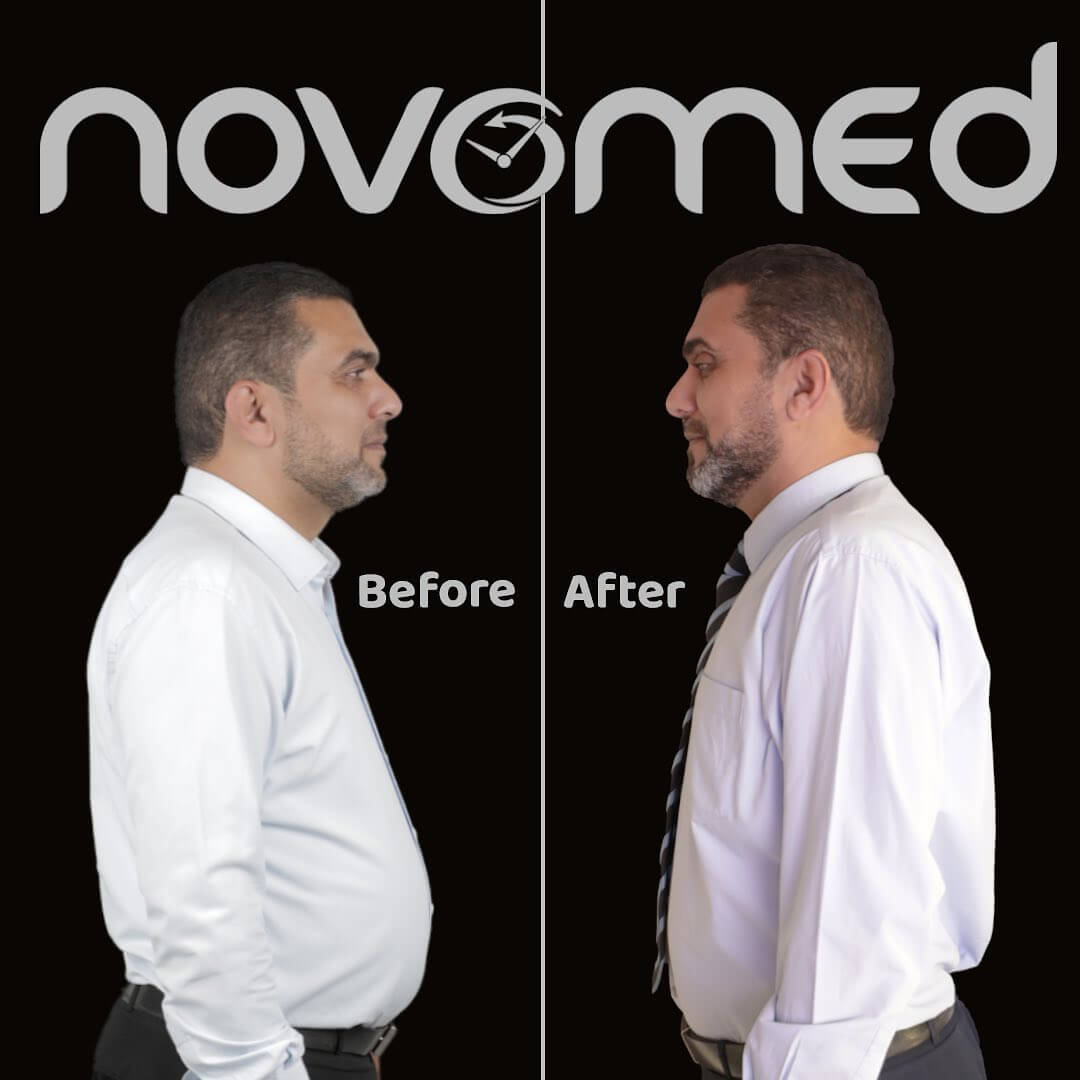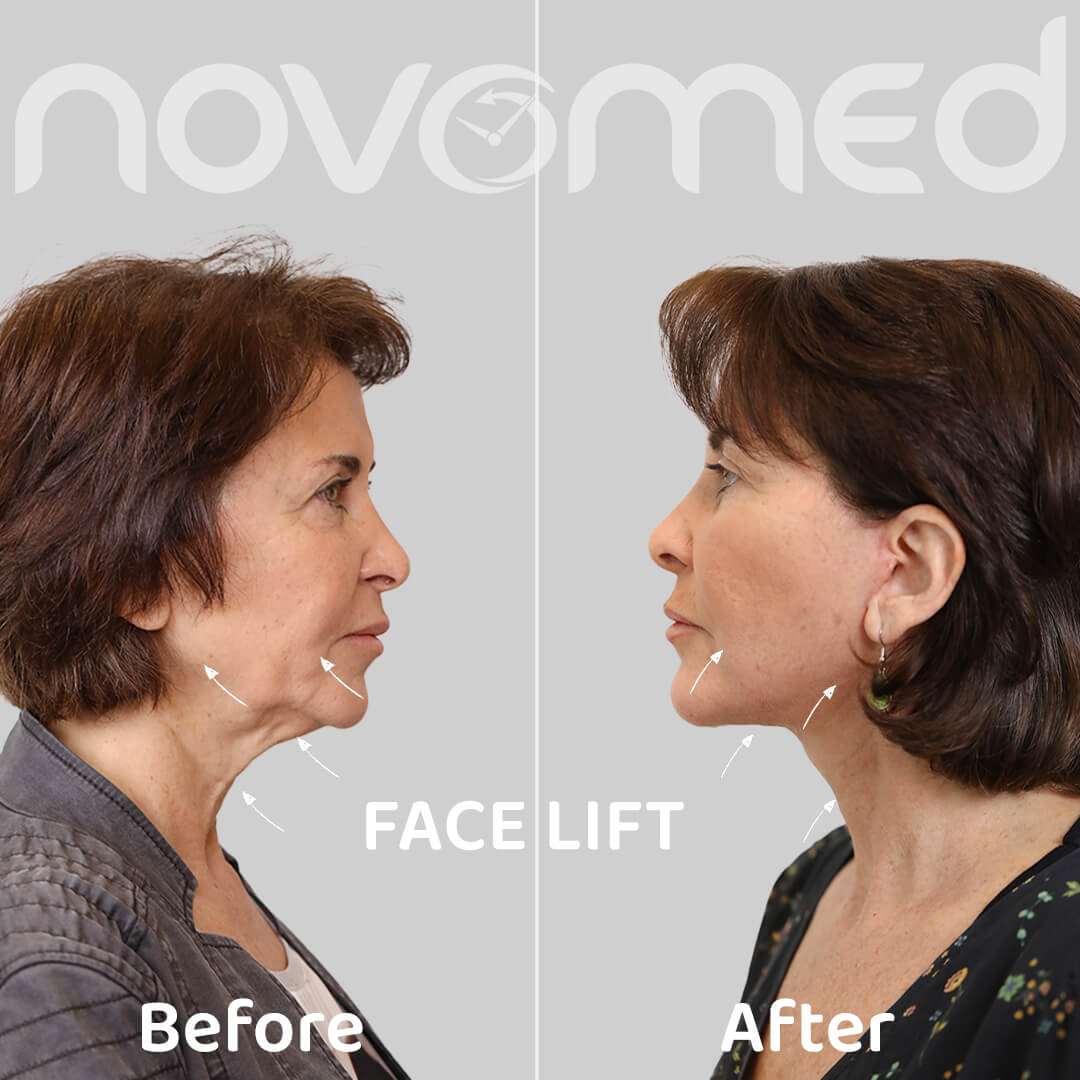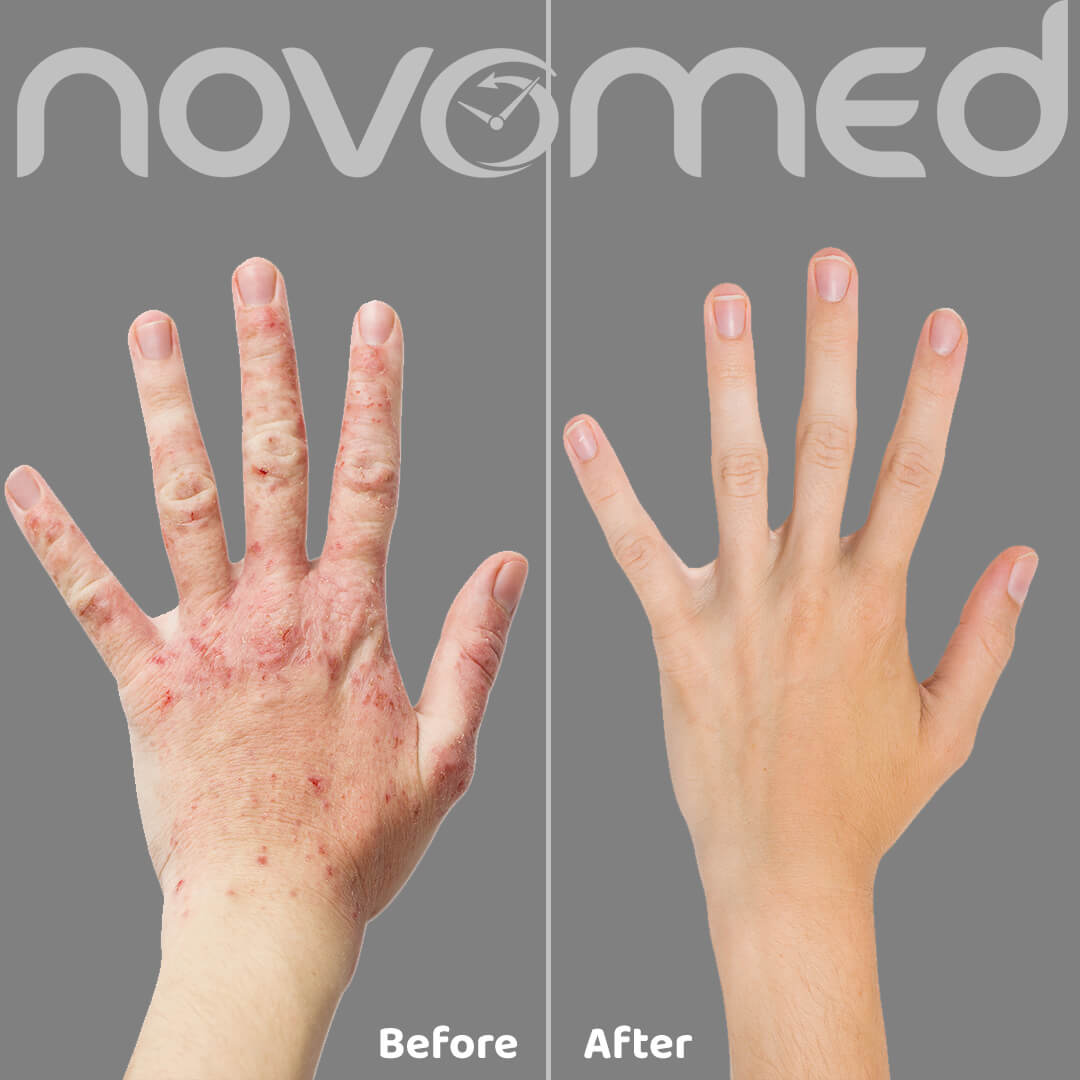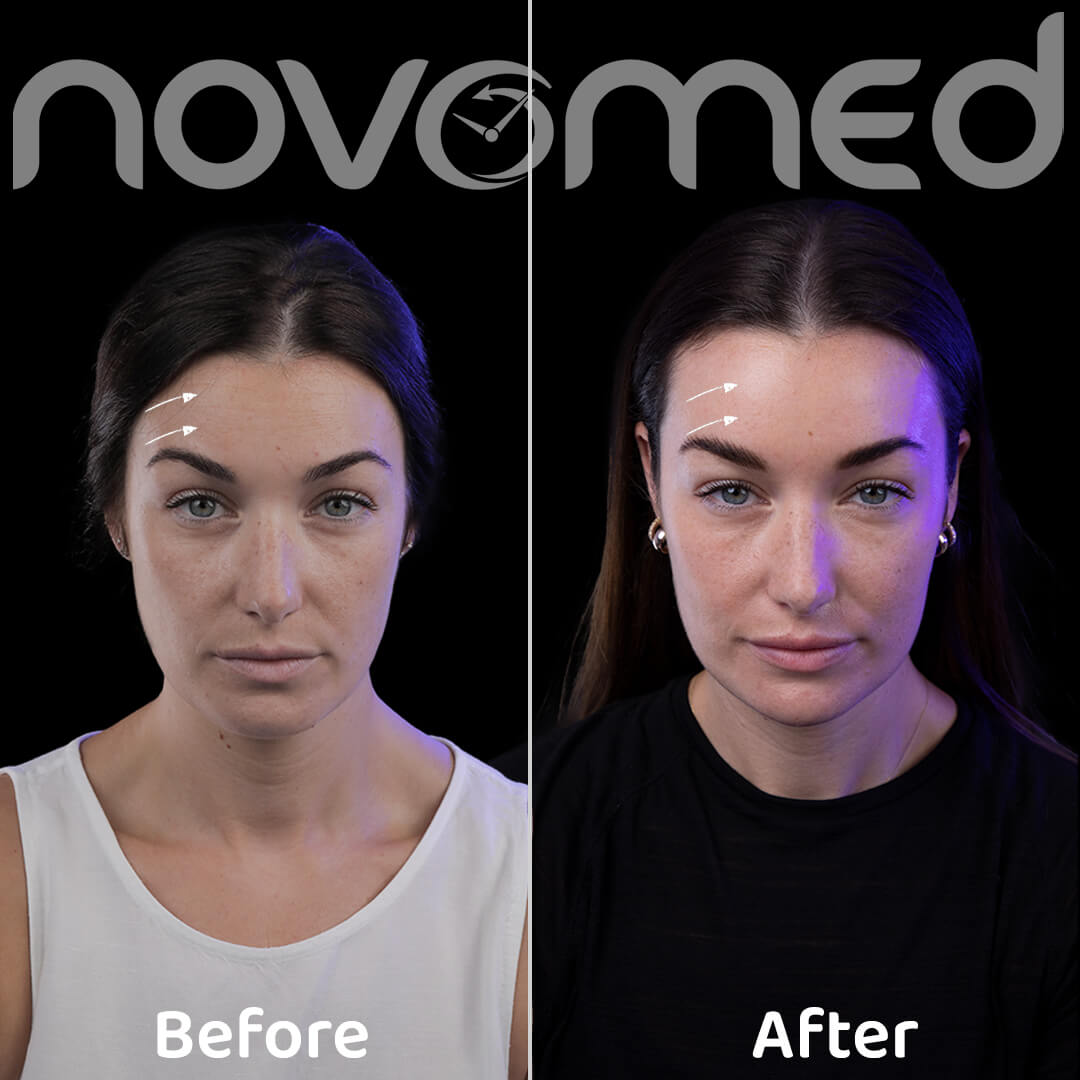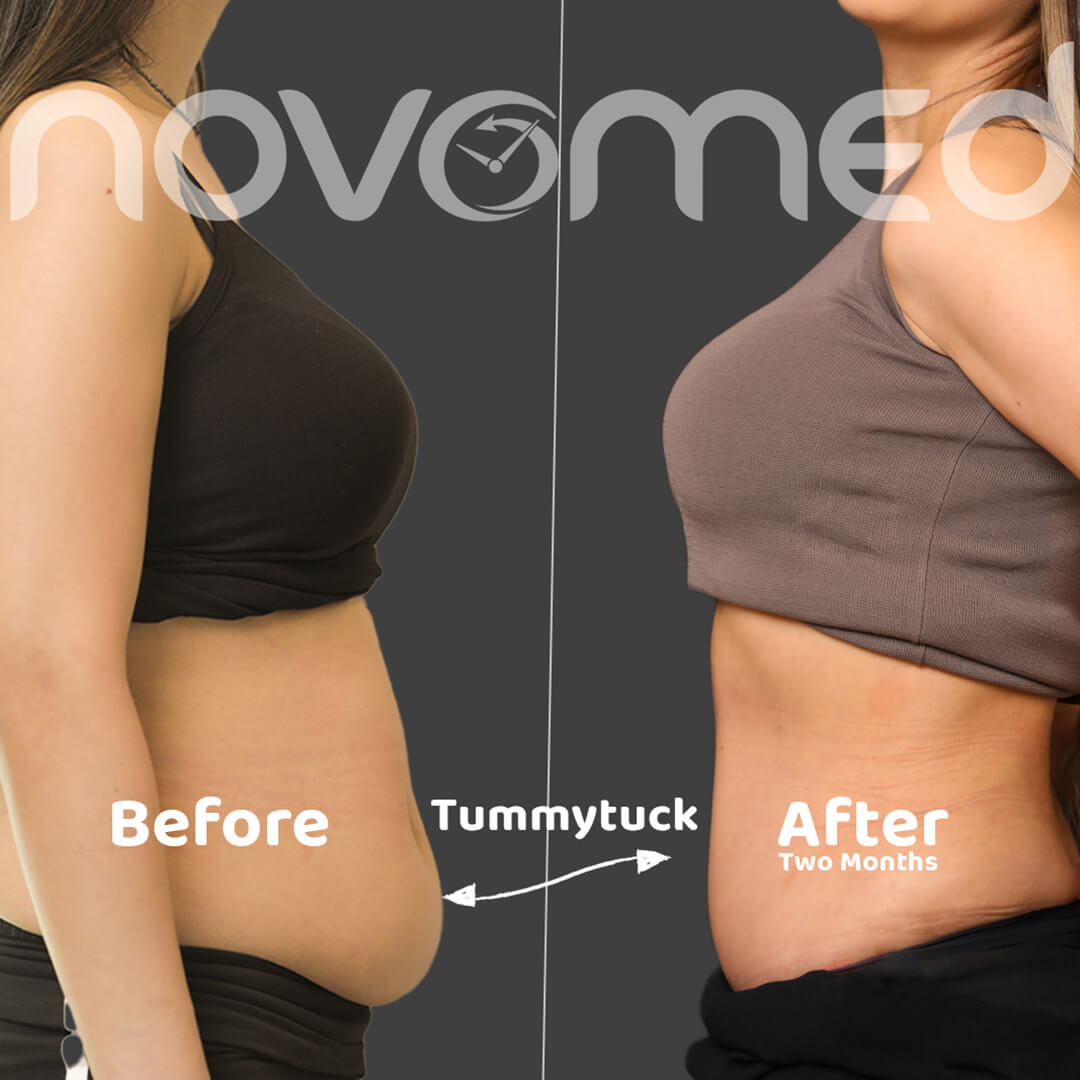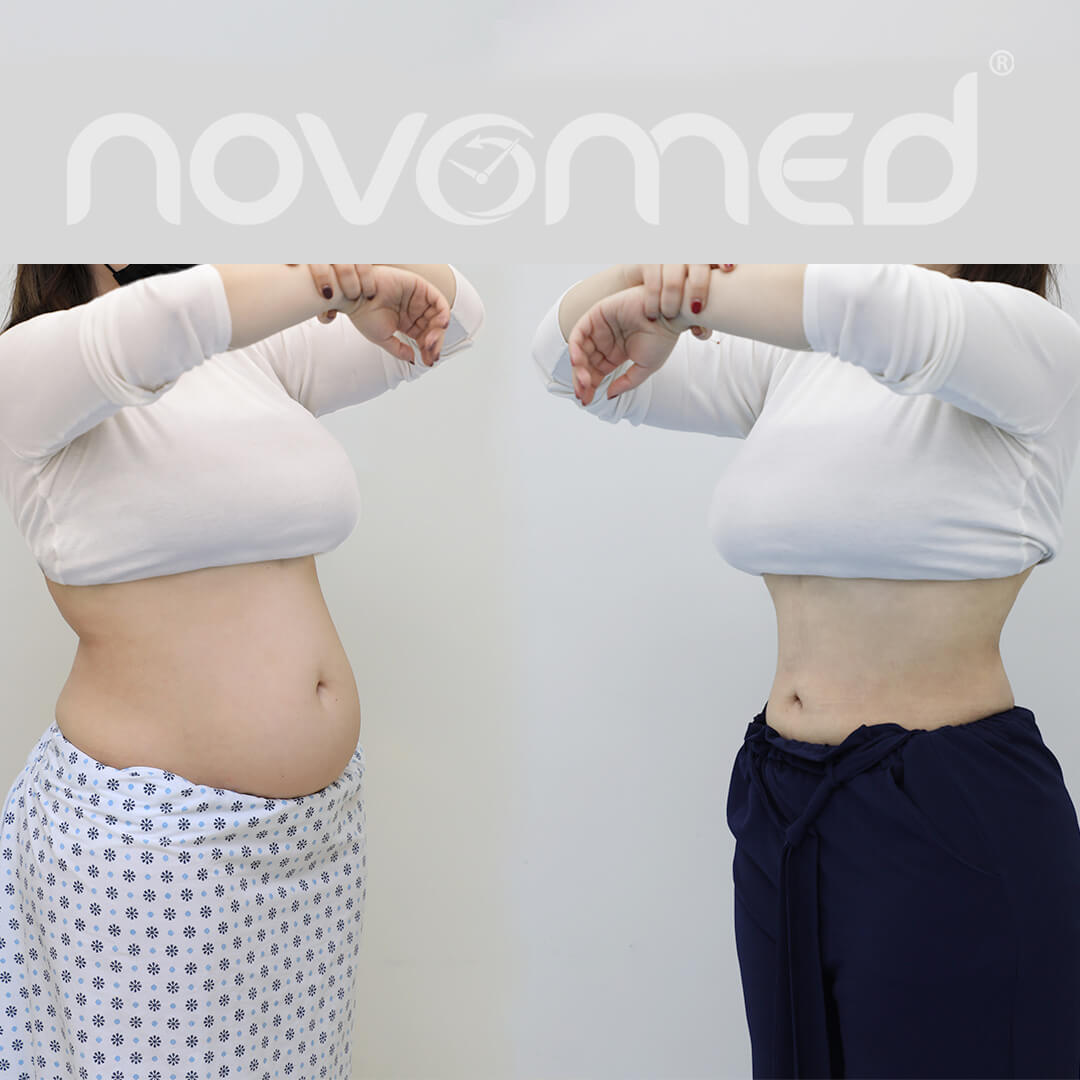Colonoscopy is a screening test used to look for changes or abnormalities in the large intestine and rectum.
A long, flexible probe with a tiny video camera on its tip is inserted into the rectum during the examination to enable the doctor to view the entire inside of the colon.
If needed, polyps or other types of abnormal tissue can be removed through the scope during a colonoscopy. Tissue samples may be taken during a colonoscopy as well.
The purpose of a colonoscopy
Colonoscopy may be requested by the doctor to:
- Look for any signs and symptoms of gastrointestinal conditions. Colonoscopy can help the doctor detect the possible causes of abdominal pain, rectal bleeding, chronic constipation, chronic diarrhea and other intestinal problems.
- Screen for colon cancer. If you are 50 years or older and have an average risk of colon cancer, your doctor may recommend a colonoscopy every 10 years or less to screen for colon cancer.
- Search for more polyps. If you have had polyps, your doctor may recommend colonoscopy for further investigation and removal of polyps. This procedure is done to reduce the risk of colon cancer.
How to prepare for a colonoscopy
Before a colonoscopy, you will need to clean your colon because any residue in the colon may block the view of your colon and rectum during the examination.
Your doctor may request the following to clean your colon:
- Adjust your diet the day before the exam. Your doctor may ask you to stop eating solid food the day before the test. Drinks may be limited to clear liquids – plain water, tea and coffee without milk or cream, beef soup, and soft drinks. Avoid red fluids, which may be confused with blood during a colonoscopy.
- Take a laxative. Your doctor will usually recommend a laxative in tablet or liquid form. You may be directed to take a laxative medicine the night before your colonoscopy, or you may be asked to use a laxative both the night before and the morning of the procedure.
- Use an enema. An over-the-counter enema may be needed the night before the examination or a few hours before to empty your colon. However, this is only effective in emptying your lower colon and is not usually recommended as the primary method of emptying your colon.
- Adjust your medications. Inform your doctor about the medications you use before the examination, especially if you have diabetes, high blood pressure, heart problems, or if you take medications or supplements that contain iron.
During colonoscopy
During the examination, you will wear a gown and a mild anesthetic is given in pill form. In other cases, anesthesia is given in combination with an IV pain reliever to reduce any discomfort.
The examination begins with lying on your side on the examination table with your knees bent toward your chest. The doctor inserts a colonoscope into the rectum.
The endoscope – long enough to reach anywhere in the colon – consists of a light and a tube that allows the doctor to pump air or carbon dioxide into the colon; this gives the doctor a better view of the colon lining.
You may feel cramping or an urgent need to have a bowel movement when the scope is moved, or the air is pumped.
The camera attached to the colonoscope sends images to an external display, which enables the doctor to examine the inside of the colon.
The doctor may also insert instruments through the tube to take tissue samples (biopsies) or remove polyps or any other abnormal tissues.
The colonoscopy usually takes between 30 and 60 minutes.
After colonoscopy
It takes about an hour to begin to recover from the anesthetic after the test. You will need someone to take you home because it can take up to a day for the full effects of the drug to wear off. So, don’t drive, make any important decisions, or go back to work for the rest of the day.
If your doctor removes a polyp during a colonoscopy, they may recommend that you follow a special diet temporarily.
You may feel bloated or want to pass gas for a few hours after the test as your body releases the air from the colon. Walking is recommended to help relieve discomfort.
You may also notice a small amount of blood when you first have a bowel movement after the test. Usually, this is not a cause for any concern. Consult your doctor if you continue to have a bowel movement accompanied by blood or blood clots, or if you have persistent abdominal pain or a fever. Although unlikely, it may happen immediately or in the first few days after the procedure, but it may be delayed for up to one to two weeks.
Results
Your doctor will review the results of your colonoscopy and then share them with you.
Negative result
The colonoscopy result is considered negative if the doctor finds no signs of abnormalities in your colon.
Your doctor may also recommend another colonoscopy:
- In 10 years, if you have an average risk of colon cancer and have no colon cancer risk factors other than age
- In 5 years, if you had a history of stomach polyps during the previous colonoscopy
- In 1 year, if there was a fecal residue in the colon that prevented completing your colon examination
Positive result
A colonoscopy result is considered positive if the doctor finds any polyps or abnormal tissue in the colon.
Polyps removed during colonoscopy are sent to a laboratory for analysis to determine whether they are cancerous, precancerous, or non-cancerous.
You may need to follow a stricter monitoring schedule in the future to look for more polyps, depending on the size and number of polyps.
If the doctor detects one or two polyps smaller than 1 centimeter in diameter, they may recommend a repeat colonoscopy in five to 10 years, depending on your risk factors for colon cancer.
Undergoing another colonoscopy is recommended sooner if you have:
- More than two polyps
- polyps larger than 1 centimeter
- Fecal residues in the colon that prevents completing the examination of the colon
- Polyps with distinct cells that indicate a greater risk of cancer in the future
- Cancerous polyps
Book your appointment in Novomed today!
To book an appointment with our board-certified gastroenterologist, call us toll-free on 8006686, fill the booking form, or click the live chat icon at the bottom of the screen.







